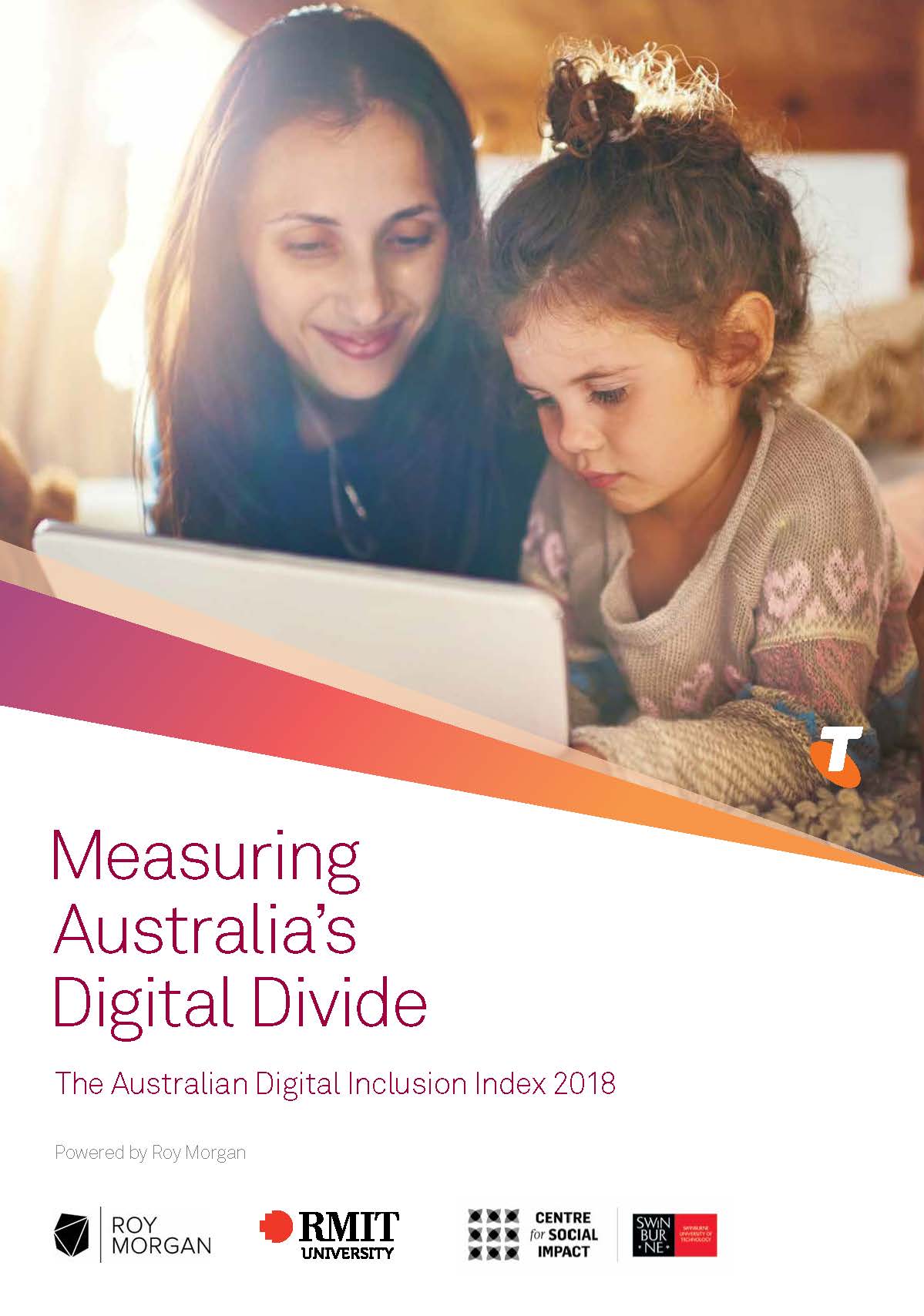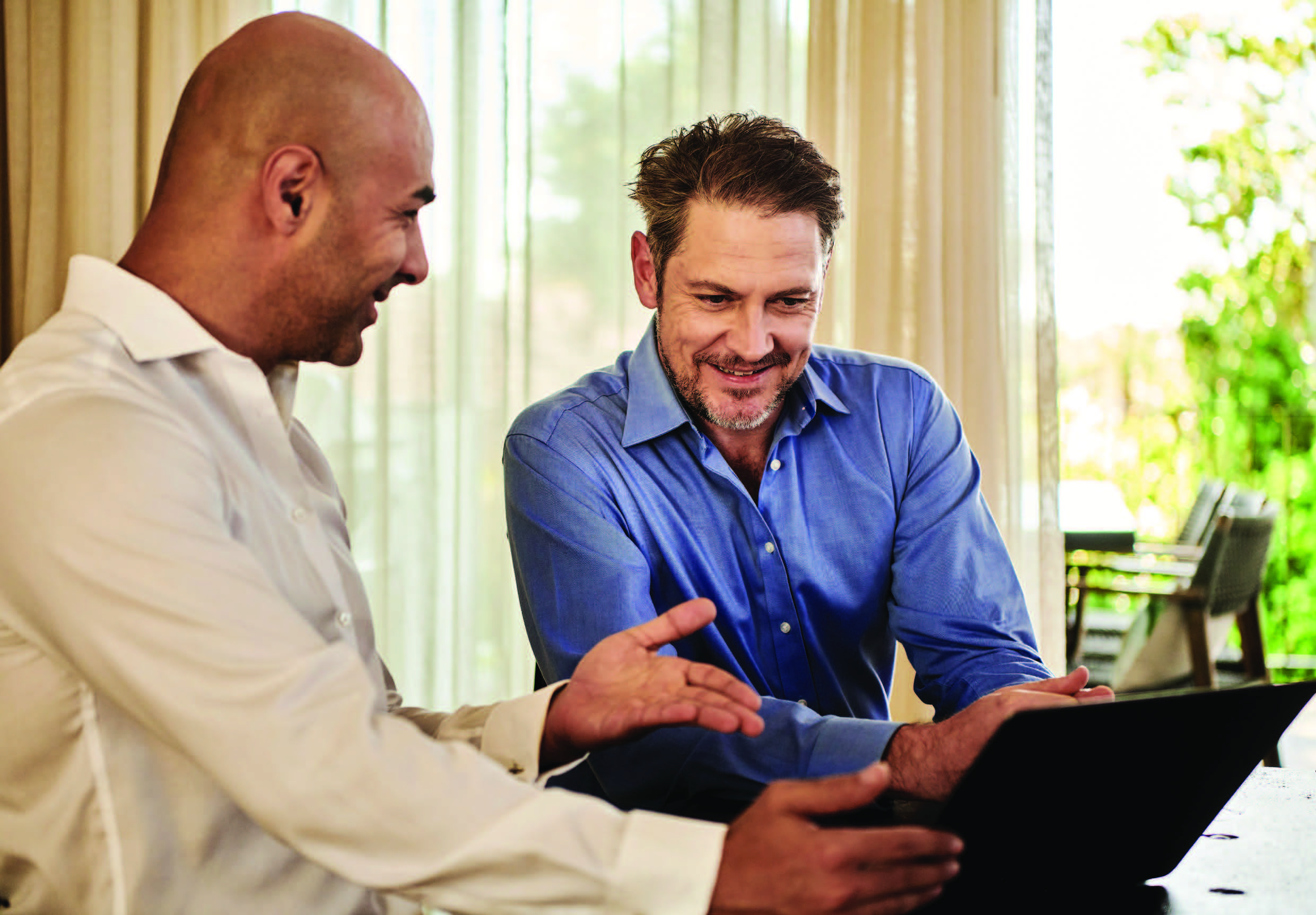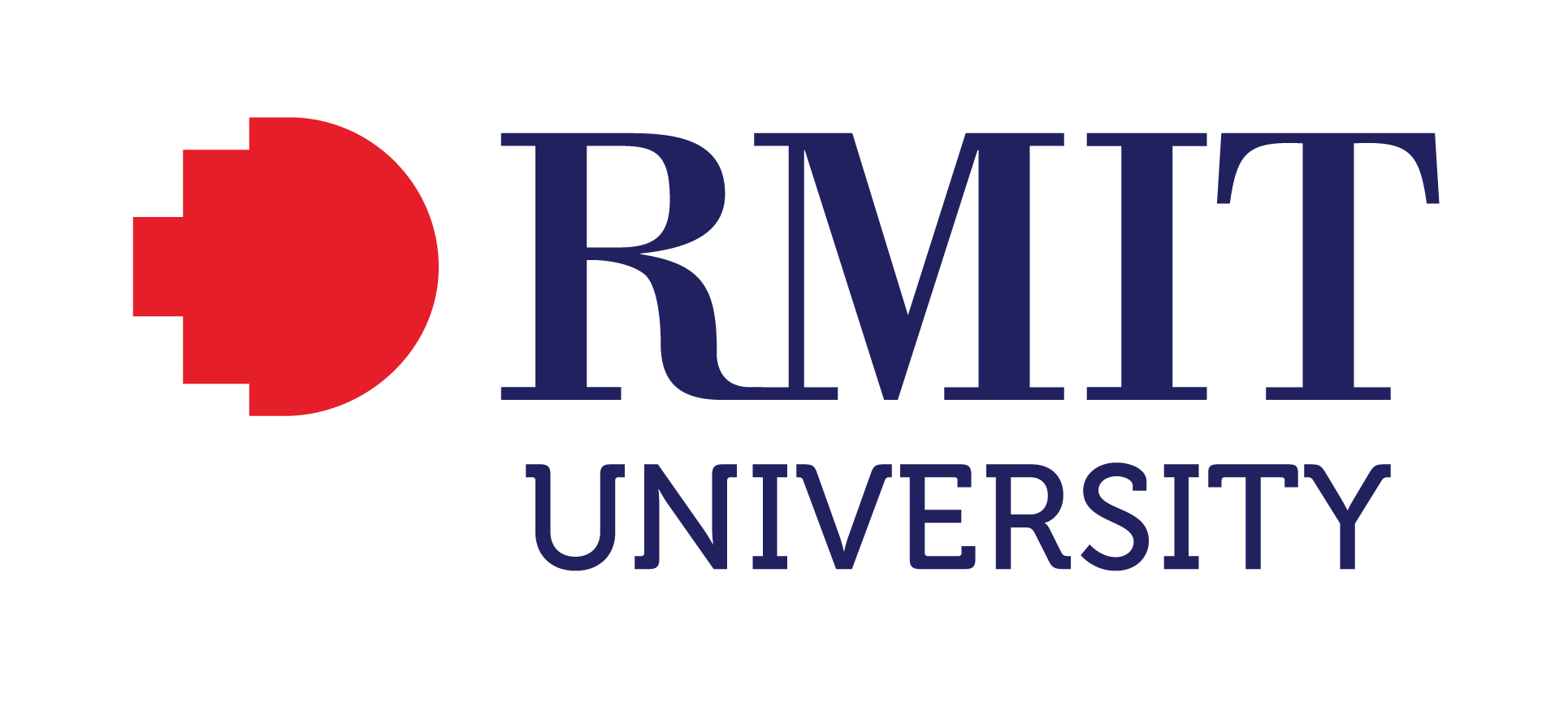This case study was originally published in the 2018 Australian Digital Inclusion Index report, and is derived from the Roy Morgan Single Source dataset. As of 2021, the Australian Digital Inclusion Index is based on the Australian Internet Usage Survey (AIUS). The numerical results of this case study cannot be compared with the refreshed ADII data.
Technological advancements continue to enhance the day to day lives of Australians with disability. Results of a recent survey conducted by the ADII research team indicates that the deaf and hard of hearing (DHH) community has embraced digital communication as one such technology, but this comes at cost.
While the ADII provides a rich picture of digital inclusion for Australians with disability extending back to 2014, it is limited to reporting on people who receive disability pensions. To diversify our knowledge of digital inclusion for Australians with disability, the ADII Supplementary Survey1 was conducted with 115 members of the DHH community. Respondents were recruited with the assistance of Vicdeaf and its interstate partners. They completed the survey online2.
Overall, the survey results suggest the DHH community has a high level of digital inclusion. Since the DHH survey was only administered online, comparative data drawn from the ADII has been limited to internet users (those using the internet in the past three months). The digital inclusion score recorded for this group (74.5) is 11.5 points higher than the Australian population average (63.0). This reflects the DHH community’s very high level of Digital Ability and Access.
The DHH community posts very high scores across all three components of the Digital Ability sub-index. They are particularly positive about the empowering role of computers and technology, the appeal of learning about new technologies, and the desirability of always being able to access the internet. The very high scores recorded for Basic Skills and Activities suggest digital communication technologies have become fundamental to daily life for many in the DHH community. Members of this community are significantly more likely than the general population to use the internet to do everything from making video calls to purchasing and selling products, contacting government agencies to engaging with social media, and conducting internet banking to just generally browsing the web. This high degree of internet use is underpinned by a substantial investment in Access.
The DHH community Access sub-index result reveals very high levels of Internet Access, in particular out-of-home internet use. Indeed, 96% of respondents regularly access the internet outside the home, while the Australian average is 76%. Members of the DHH community are more likely to maintain multiple internet access plans, including both fixed and mobile internet technologies to satisfy the desire to be connected everywhere. What is striking about the Access sub-index is the Internet Data Allowance result. Respondents score 83.6 on this component, 25.6 points higher than the national average (58.0). This is a result of their investment in very large data allowance plans. Their reliance on fixed and mobile data effectively rendered their mobile internet plans more than double the size of the national average and the fixed broadband plans they purchase have 39% more data. The investment in this level of internet access may facilitate intensive day-to-day network use but comes at a high price.
On our measures, affordability appears to be the chief digital inclusion issue facing the DHH community. In particular, the high proportion of household income spent on internet access – Relative Expenditure. The result for the DHH community (32.2) is 21.7 points lower than the national average (53.9). Although a similar result (36.3) is posted by the ADII Disability cohort, there is a different dynamic at play here. The ADII Disability cohort rely on disability pensions, translating moderate expenditure on internet access into a poor Relative Expenditure result. By contrast, four in five DHH survey respondents were employed and it was a high internet spend (43% above average) that resulted in poor Relative Expenditure. The commitment to large mobile broadband plans (which have a high per gigabyte cost) was a significant contributing factor.
While digital communication clearly enhances the day-to-day lives of those in the DHH community, affordability is a key issue that should be addressed. The DHH community is large and growing. Approximately one in six Australians (4 million) currently experience hearing loss, with one in 17 experiencing moderate or severe loss (1.5 million)3. The prevalence of hearing loss is also on the rise as a result of Australia’s aging population.
Further information
For more information, including related data tables and the full citation list, please refer to the 2018 Australian Digital Inclusion Index.
References and footnotes
[1] See Appendix 1 for a description of the ADII Supplementary Survey methodology.
[2] Although we would caution against making statistical generalisations based on this small sample, Deaf and hard of hearing community leaders have indicated that the results match their experiences.
[3] Figures calculated by applying rates determined in Access Economics (2006) Listen Hear! The economic impact and cost of hearing loss in Australia, to current Australian population estimates from Australian Bureau of Statistics (2017). Australian Demographic Statistics. Catalogue number 3101.0, Canberra.
Citation
Thomas, J, Barraket, J, Wilson, C, Ewing, S, MacDonald, T, Tucker, J & Rennie, E, 2018, Measuring Australia’s Digital Divide: The Australian Digital Inclusion Index 2018, RMIT University, Melbourne, for Telstra. DOI: www.dx.doi.org/10.25916/5b594e4475a00







